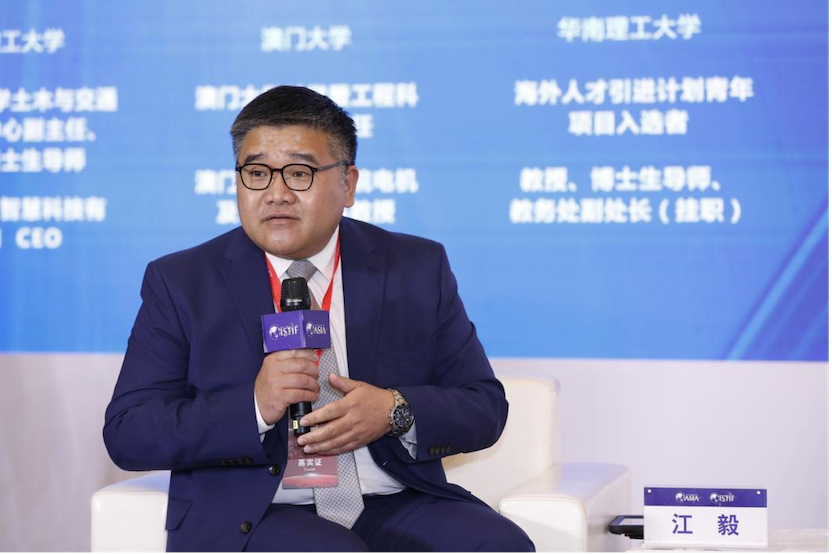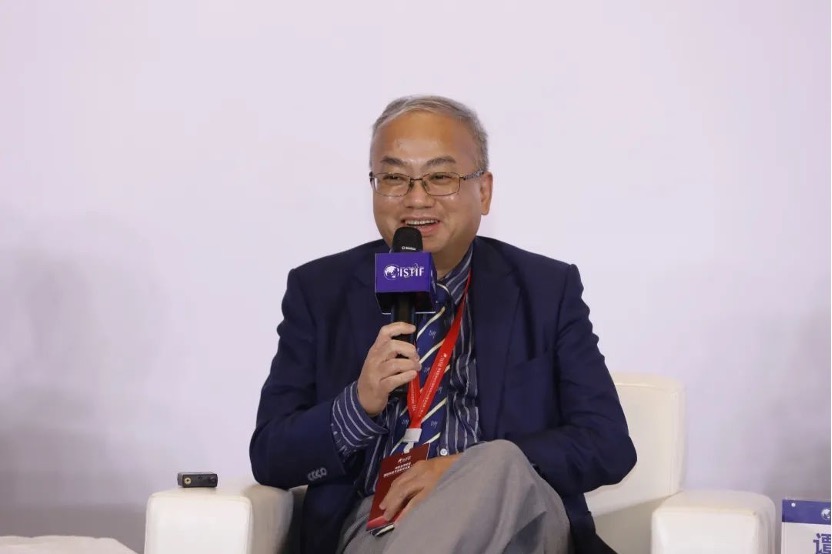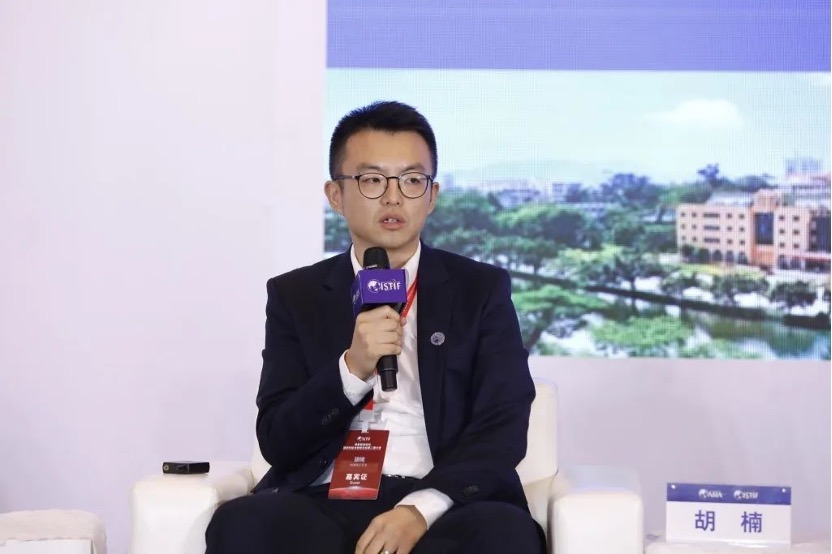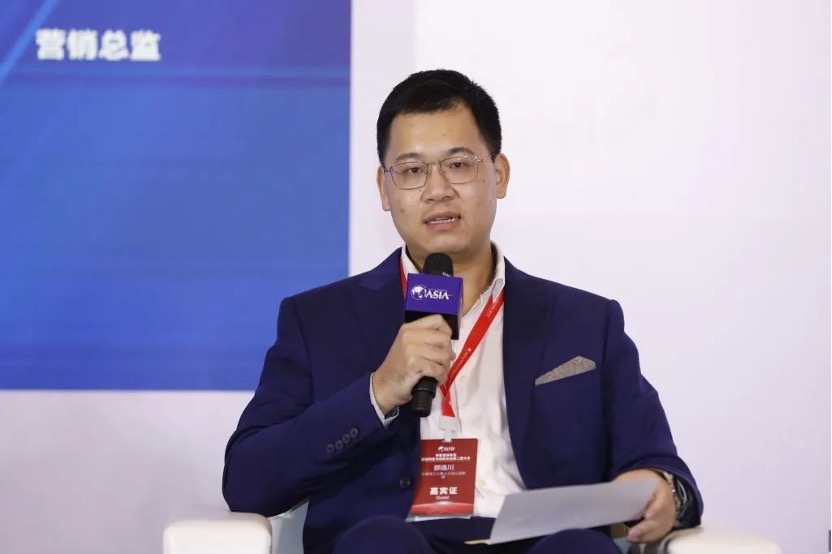On September 28, Boao Forum for Asia (BFA) held the Second Conference of International Science, Technology and Innovation Forum (ISTIF). As a major forum of the conference this year, the session “Digital Building, Future City” was successfully held.
The session was divided into two parts: keynote speech and roundtable discussion, hosted by Yidong He, Director of Bridge Technology at Parsons, USA. Eleven guests from China and overseas were invited to discuss the development of smart cities and international cooperation in the digital era and to address the challenges of the new pneumonia epidemic and boost the global economy.

Yidong He

Cheng Su
In the keynote speech session, Cheng Su, assistant president of the South China University of Technology and deputy director of the State Key Laboratory of Subtropical Building Science, commented that with the implementation of the construction strategy of the Guangdong-Hong Kong-Macao Greater Bay Area, the comprehensive management and control of urban all-spatial resources in the Greater Bay Area under the disaster environment has become an increasingly urgent topic to be addressed.
Su took the seismic risk assessment of the North Campus of the South China University of Technology as an example to elaborate the urban seismic disaster risk assessment strategy based on the BIM-GIS platform it is developing. The platform enables the rapid establishment of urban building complex exposure models and urban building complex seismic vulnerability curves, thus obtaining more reasonable high-resolution city-level seismic loss maps. This is particularly beneficial to the seismic risk assessment in the Guangdong-Hong Kong-Macao Greater Bay Area.
Jian Yang
Jian Yang, Chairman and President of the Zhujiang Foreign Capital Architectural Design Institute Co., Ltd. Guangzhou, addressed his opinion based on the topic "Consistent Design Thinking and Practice of Industry-wide Mode and Figure". In his presentation, Yang elaborated on how to solve the problems of efficiency, effectiveness and efficiency of BIM forward design, so as to realize the full-establishment BIM forward design with full staff, full project, full profession, full process, full support and full chain. On the basis of this, the practice of model-real consistency will be continued, trying to form a complete technical route of "model-real consistency" to provide a reliable digital base for the intellectualization of engineering projects.
Matteo Cominetti
Matteo Cominetti, CEO of Speckle, an international open-source platform, mentioned that the construction industry itself has achieved more innovation than ever as a result of open-source software, which is not a zero-sum game for companies, but a business model. For Speckle, at its core is a composable object model similar to a database, which allows users to combine, store and access different data for free through the platform, allowing all parties in a design and build project to share large professional files in the 3D format and automate their work in real-time.
David Philp
David Philp, Director of Digital Consulting, Strategy and Innovation at AECOM Europe, discussed in detail the UK's journey towards Construction 4.0. As he mentioned, the increasing number of digital twins and innovative modeling systems are empowering the community and profession to work efficiently. BIM as a highly specific tool to produce higher and better results, measurements, insights and investment decisions with fewer inputs, especially for new capital projects, enables more long-term insights, better measurement methods and feedback, and higher value.

Guanpei He
Guanpei He, BIM expert and Chairman of Ubiquitous Technology Limited Guangzhou, analyzed in detail the relationship between BIM and digital construction, intelligent construction and smart construction. He also discussed the BIM application environment faced by Chinese enterprises, the promotion mode of BIM in China, and the current situation, challenges and countermeasures of BIM development. He especially pointed out that in order to expand the application of BIM in construction scenes and integrated data, the primary issue is to solve the problem of integrated application of BIM and different technologies, so that BIM can become a technical condition for statutory delivery.
Dion Moult
Dion Moult, Emerging Digital Engineering Manager at Lendlease, talked about how open-source data is one of the only means of solving the problems with the current approach to creating digital buildings, and celebrating that with the explosion of new technologies, the industry will shift from a vendor-centric approach to a native open data approach which puts users back in control of the digital future.





Several guests joined the following roundtable discussion, they were, Yi Jiang, Managing Director of Huaxin Group Co., Ltd, Jinrong Tan, Professor of the Department of Electrical and Computer Engineering, Faculty of Science and Technology at the University of Macau and IEEE International Science Ambassador, Yichuan Deng, Managing Director of Guangzhou Huajian Intelligent Technology Co., Ltd, Nan Hu, Professor of the School of Civil Engineering and Transportation of South China the University of Technology, and Xiaofeng He, Marketing Director of Shenzhen Daoer Intelligent Control Technology Co., Ltd. They discussed the prospect and future of digital building development with their own experiences around topics such as microwave displacement sensing for elevator IoT, three fundamental dynamics of digital empowerment enterprises in the construction industry, digital building under 3D printing technology, and intelligent import/export management of digital building.